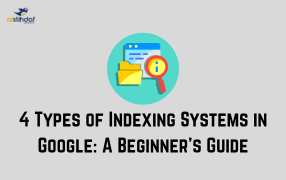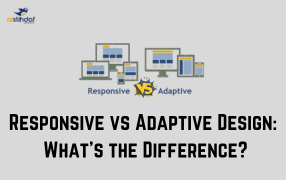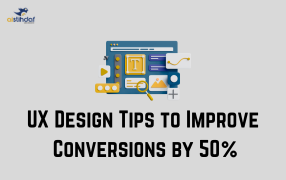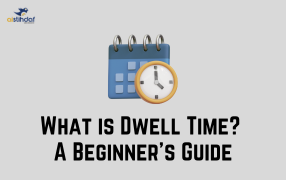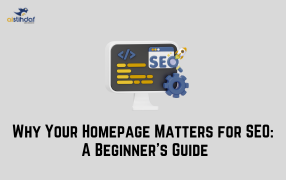
The Power of White Space in Web Designing
When people hear the term white space in web design, they often think it means “empty” or “unused” space. But in reality, white space is one of the most powerful tools a web designer can use. It helps guide visitors, improves user experience, and makes your website look clean, modern, and professional.
In this blog, let’s break down what white space really means and why it’s so important—especially if you’re just getting started with web design.
What Is White Space?
White space, also known as negative space, is the area between elements on a web page. It doesn’t have to be white in color—it simply means the parts of the design that don’t contain text, images, or other content.
It includes:
-
The space between paragraphs and lines
-
The space around images and buttons
-
The margins and padding between sections
Why White Space Matters in Web Design
Here’s why white space should never be overlooked:
1. Improves Readability
When content is tightly packed, it becomes hard to read. White space gives your text room to breathe, helping users focus on your message.
2. Creates a Better User Experience
White space helps users navigate the website more easily. It makes the layout feel open and less overwhelming, which keeps people on your site longer.
3. Draws Attention to Key Elements
When you use white space correctly, it naturally directs attention to your most important content—like a call-to-action button or a headline.
4. Makes Your Design Look Clean and Professional
Cluttered websites often appear outdated or untrustworthy. A well-spaced layout looks modern and premium.
White Space in Mobile Design
With smaller screens, white space becomes even more important. On mobile devices, crowded layouts can confuse users. Proper spacing helps improve touch navigation and ensures content is easy to read without zooming or scrolling too much.
Simple Tips for Using White Space Effectively
-
Don’t fill every corner with content—leave room for the design to “breathe.”
-
Use consistent spacing between sections, text, and images.
-
Avoid overloading your homepage with too many elements.
-
Use grid layouts to keep everything balanced. A grid layout is a structure made up of rows and columns that helps align content neatly on a webpage. It provides a consistent framework that makes your design easier to read, navigate, and interact with.
Real-Life Examples
Think about websites like Apple or Google. Their designs are clean, minimal, and effective. One thing they all use well? White space.
They understand that in web design, less is more.
Conclusion
White space might look like “nothing,” but it plays a big role in how your website feels, looks, and performs. For beginners, learning how to use space wisely is one of the easiest ways to make your designs look more professional and user-friendly.
If you're looking to enhance your website design and digital presence, partner with the best digital marketing agency in Dubai. Expert design combined with smart marketing can take your business to the next level.








